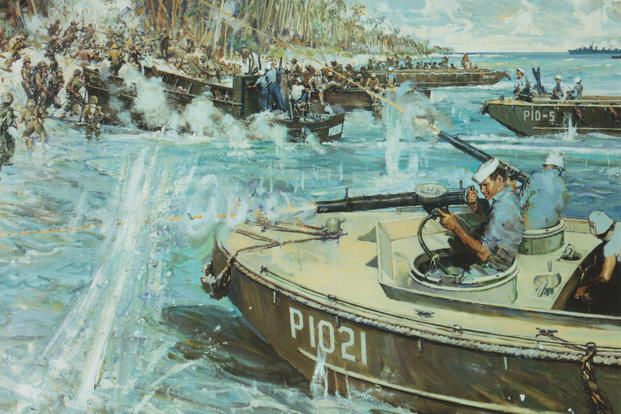To the public, he's a World War II hero who also happens to be the only member of the Coast Guard with a Medal of Honor (so far). To hundreds of Marines who fought at Guadalcanal on Sept. 27, 1942, Signalman 1st Class Douglas Munro was a savior.
Munro grew up in South Cle Elum, Washington before enlisting in the Coast Guard in 1938. When the U.S. entered World War II a few years later, Munro had already risen in the ranks, and become best friends with Cmdr. Ray Evans. Evans enlisted with Munro in 1939 and was stationed with Munro throughout Munro’s entire time in the Coast Guard. “We were good pals,” Evans said of Munro in a 2012 interview. “We both joined before the war and we intended to make the Coast Guard a career. I did, and I know he would have.”
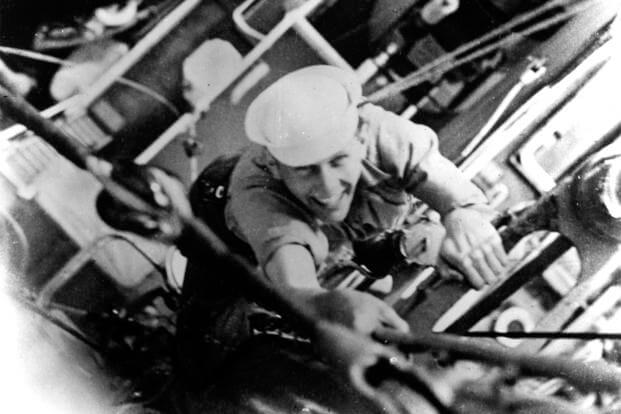
Like Munro, Evans was also a signalman, and they both practiced their signaling craft with each other. “This is intense practice and pretty soon you get proficient; that’s how we learned,” Evans said in a 1999 interview. “But we did do a lot of self-teaching where we worked together to get more proficient. He was the pusher perhaps more than I was, he had the energy. Although we were working together on that he was really the leader.”
When the U.S. entered World War II, Munro and Evans were ready to serve an important role along with other Coast Guardsmen: helping transport Marines to and from insertion points in the Pacific campaign. Of particular importance was the island of Guadalcanal, where Japanese forces were attempting to build a strategically valuable airfield.
Ret. Cmdr. Ray Evans on Douglas Munro
Retired Coast Guard commander Ray Evans reminisces about fellow Coast Guardsman and Medal of Honor recipient Douglas Munro.
"Did They Get Off?"
On Sept. 27, 1942, Munro was in command of several small Higgins boats as the Coast Guard dropped about 500 Marines at a beachhead known as Point Cruz near the Matanikau River. The goal: drive the Japanese from the river and establish an inland patrol base. But the Japanese were ready to counter the invaders and the Marines quickly fell under heavy attack. With time of the essence and the Marines facing extermination, Munro stepped to the fore.
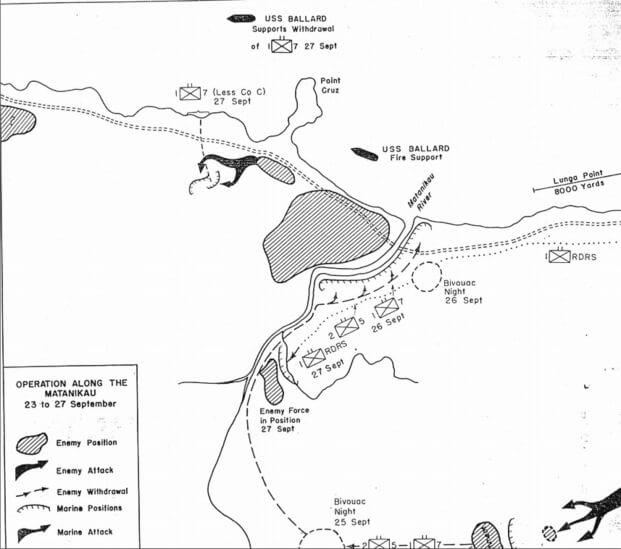
Taking five of the small craft under his command, he mounted a rescue mission, all the while under continuous attack from the shore. As the boats were too small to transport all the Marines at once, Munro and his fellow Coast Guardsmen had to make several dangerous trips back and forth. At one point, a group of Marines came under particularly intense fire. In an effort to provide cover, Munro used his own boat as a shield between the beachhead and the other boats.
As the last group of Marines were being evacuated from the island, Munro was hit by a fatal burst of enemy fire. Focused on his mission to the end, his dying words to his friend Evans, who was with him on the scene, were: "Did they get off?" His sacrifice had saved hundreds of Marines. In a letter to his bereaved parents, informing them of their loss, Munro’s Commanding Officer wrote that, without exception, those under his charge had praise for Munro. His Master Sergeant wrote that Douglas was “kind, courteous, thoughtful, and, above all, courageous,” the “kind of American that made [that] war worth fighting.”
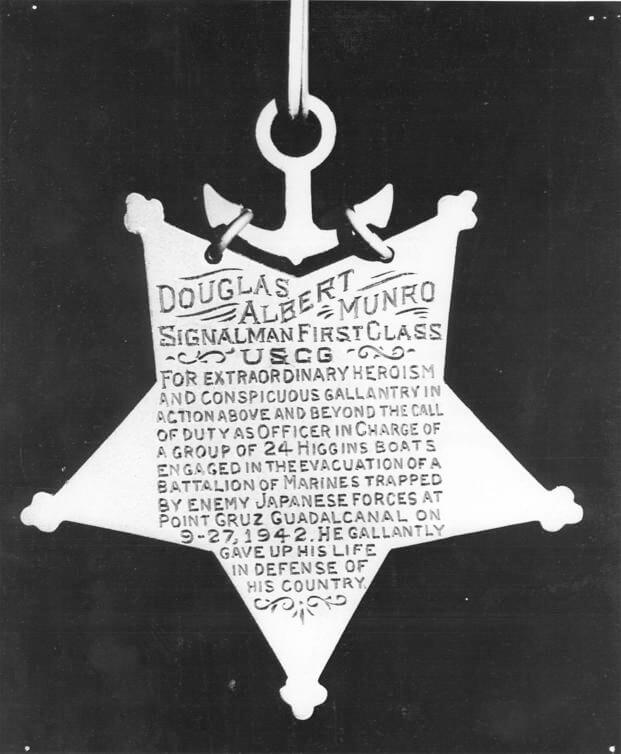
The Name Lives On
In recognition of Munro's bravery, President Franklin D. Roosevelt posthumously gave him the Medal of Honor and a Purple Heart on May 27, 1943. Munro’s Medal of Honor is on display at the Coast Guard Training Center in Cape May, New Jersey, with a memorial dedicated to him close by. The Coast Guard has named two cutters for Munro, including the Coast Guard National Security Cutter Munro, which was launched in 2015.The Navy also named a ship in his honor – a destroyer escort that served in World War II and the Korean War. The Munro Building houses Coast Guard Headquarters in Washington, DC, Coast Guard recruits reside in Munro Barracks in Cape May, New Jersey, and Munro Hall at the Coast Guard Academy is where every Coast Guard officer is born.
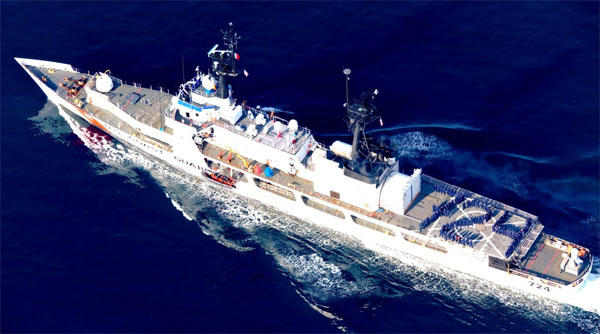
In a 2017 speech commemorating the 75th anniversary of Munro's actions, Coast Guard Admiral and Commandant Paul F. Zukunft offered the following eulogy: “Douglas Munro’s story is one of the first we teach to our new recruits, as he is the ultimate forebearer of our service’s core values and an enduring symbol of Duty to People. Douglas Munro was Service to Nation, Commitment to Excellence, Duty to People... The Munro cutter, the HQ building, and barracks and hall at our training centers – they are all reminders – every day – of their namesake. Reminders of all that our Service is and all that we strive to be. Today we honor Douglas Munro – the man and the legacy that lives time immemorial.”
